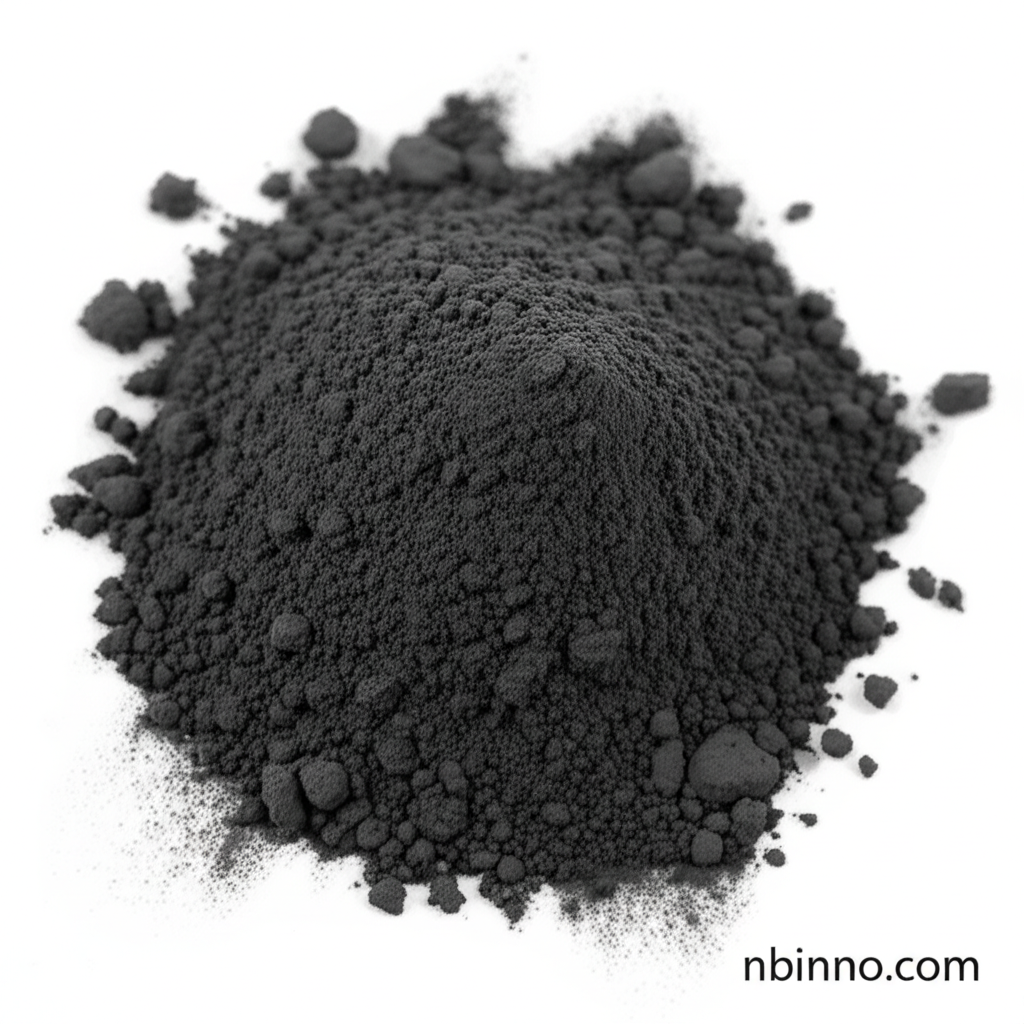Tin(II) Oxide: Versatile Inorganic Compound for Catalysis, Electroplating, and Glass Industries
Explore the diverse applications of Tin(II) Oxide, a key ingredient in industrial processes and chemical synthesis.
Get a Quote & SampleProduct Core Value

Tin(II) Oxide
Tin(II) Oxide (CAS No. 21651-19-4) is a crucial inorganic chemical compound that serves as a vital component in numerous industrial applications. Its unique properties make it an effective catalyst and reducing agent, significantly contributing to various chemical reactions and manufacturing processes.
- Leverage Tin(II) Oxide as a Catalyst for improved efficiency in chemical reactions, a key aspect of tin(ii) oxide catalyst uses in industrial synthesis.
- Utilize Stannous Oxide in Electroplating Applications to enhance surface finishing and durability, drawing on stannous oxide electroplating applications for metal treatment.
- Incorporate Tin Monoxide for Glass Industry Applications to improve product quality and properties, aligning with tin monoxide for glass industry requirements.
- Source High-Purity Tin(II) Oxide Powder for your specific chemical synthesis needs, readily accessible for those looking to buy tin(ii) oxide powder.
Key Advantages
Catalytic Efficiency
Experience enhanced reaction rates and selectivity with Tin(II) Oxide, a testament to its efficacy in tin(ii) oxide catalyst uses.
Surface Enhancement in Plating
Achieve superior finishes and protective layers through precise application in electroplating, highlighting its role in stannous oxide electroplating applications.
Glass Quality Improvement
Contribute to the development of advanced glass materials by utilizing its unique properties, fulfilling the demands of tin monoxide for glass industry applications.
Key Applications
Catalysis
Tin(II) Oxide is widely recognized for its capabilities as a catalyst in various organic reactions and polymerization processes, a crucial aspect of tin(ii) oxide chemical synthesis.
Reducing Agent
Its strong reducing properties make it valuable in chemical synthesis and various industrial processes, underscoring its utility as a tin(ii) oxide reducing agent.
Electroplating
Used in electroplating baths to deposit tin coatings, providing corrosion resistance and enhancing surface properties, a key area for stannous oxide electroplating applications.
Glass Manufacturing
Improves luster, durability, and specific optical properties in glass production, a vital role in the tin monoxide for glass industry.
